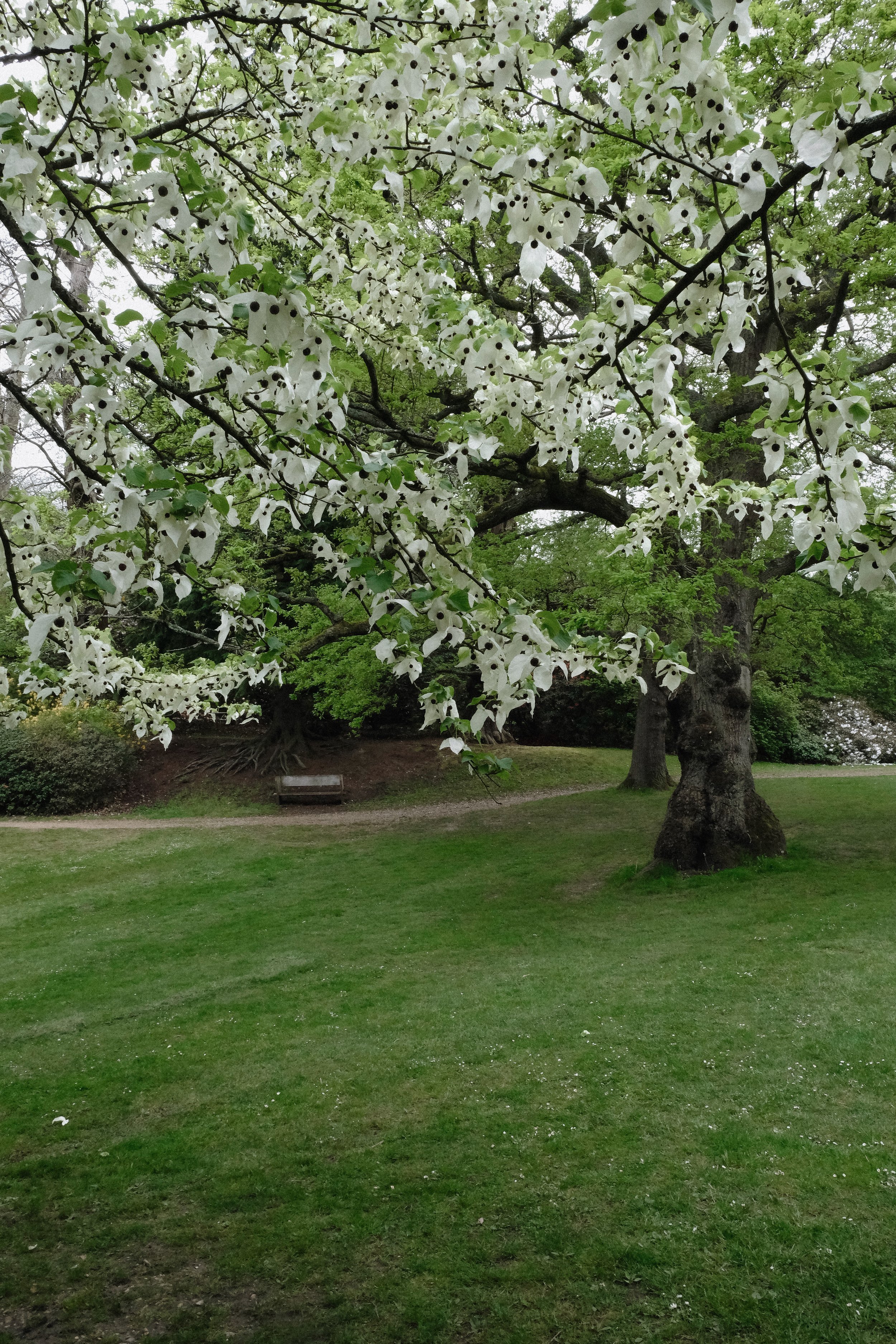An Ode to Azaleas
Despite living near London all our lives and visiting Richmond frequently for walks along the river, Richmond Park was never somewhere we had ventured. What a mistake it was to have missed out on such a fantastic place, especially the Isabella Plantation in spring. This was an area of the Park we had been meaning to visit for quite some time but work commitments got in the way of being able to visit when the Plantation was at its very best. This is a real ode to the spectacular, frankly breathtaking views of rhododendrons and azaleas that were in full bloom at the Isabella Plantation in Richmond Park this April and May.
This is a forty acre woodland garden whose roots were founded in the 1830’s. The garden’s famous azaleas include the national collection of ‘Wilson’s 50’ Kurume azaleas, introduced from Japan in 1920s by the plant collector Ernest Wilson.
The history of the place is certainly interesting. In the seventeenth-century, this area was known as ‘The Sleyt’, a reference to its boggy ground. By 1771, it was shown on maps as Isabella Slade. The origin of the name ‘Isabella’ has two possible explanations. Rather romantically, it may have been the name of the wife or daughter of a member of staff. Nevertheless, it is more likely to be a manipulation of the word isabelline, which denotes a pale greyish yellow, the colour of the soil in this area of the parkland. Today, however, it is an extraordinary site of beauty and since the Italian word for beautiful - bella - is embedded in the name, it could not be a more fitting name for this landscape.
In late-April and early-May, the paths, ponds and streams are thronged by azaleas and rhododendrons blossoming in every shade on the colour spectrum. You name a colour, the Isabella Plantation will deliver. Chartreuse and olive green leaves are complemented by magenta, scarlet, apricot, lemon and lilac petals. You can spend many blissful hours walking around the gardens, getting lost in a cacophony of colour. It really felt like another world, a fantasy landscape.
There are also a number of streams and ponds that dot the route around the Plantation. Prior to this visit we had only seen two mandarin ducks in the wild. During our visit to Richmond Park we saw ten in one day! Such a treat!
There were a number of other fantastic waterfowl, including Canadian geese, coots, herons, moorhens, tufted ducks and much more.
Since the Isabella Plantation is situated within Richmond Park, there are many other great things to see on your visit. The Park is famous for its deers and you will always be sure to see a herd or two.
If you’re arriving by car like us, the best place to park is the Broomfield Hill car park. It’s free, although a small donation is suggested. There is also a café that serves hot drinks and a small food offering. We found the prices here a little extortionate, but a cup of tea and a hot chocolate were enjoyed with a view of majestic oaks and grazing deer.
Whilst the Isabella Plantation might have been a brand new location for us, we are spoilt for choice on our doorstep when it comes to seeing rhododendrons and azaleas. The Valley Gardens in Windsor Great Park are superb.
The Valley Gardens, first established in the 1940s, cover 250 acres of undulating valleys with azaleas, rhododendrons, magnolias, camellias, heathers and other fantastic plants, trees and flowers. In every season the area is flooded with colour from seasonal shrubs. In late-April and early-May this colour is stunningly provided by a host of azaleas and rhododendrons.
Whilst you can find blooms in nearly every colour under the sun, we were particularly drawn to the clusters in shades of raspberry ripple, peach and porcelain with a touch of pink.
The aptly named Punch Bowl is a natural amphitheatre of colour. Clouds of crimson, coral and cadmium provide full coverage colour. This kaleidoscope of colour can be seen throughout the Valley Gardens and it is easy to get lost in the meandering paths and trail offshoots. Magnolia trees and camellias provide more great colour in early spring months.
Another great reason to visit the Valley Gardens is that it’s not densely populated by people, even on a weekend. It’s a little hidden secret at the centre of the Park.


























